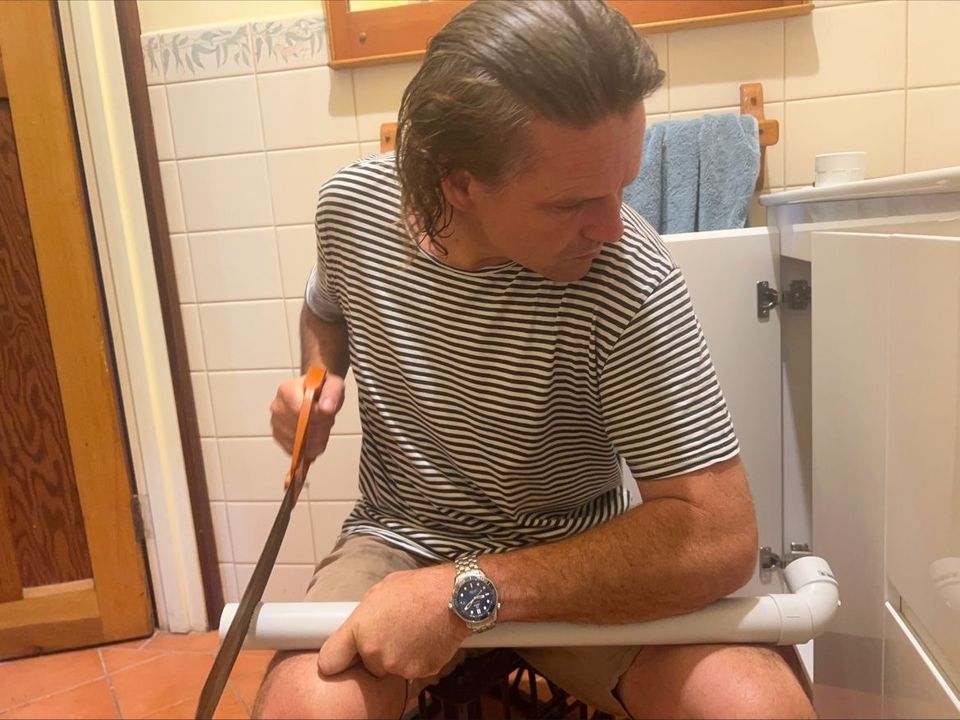Telling the world about my Cervical Dystonia

So I want to talk about something called Cervical Dystonia (CD). Six months ago I had never heard of this disorder and next week I’ll be stopping work because of it.
I’ve quickly learned that this disorder is debilitating, painful, isolating and poorly understood.
Since a driving force for a large chunk of my work has been about empowering consumers, increasing awareness, reducing stigma and isolation it feels like the right thing to share my own struggle.
Dystonias as a group are fairly common, the third most common neurological movement disorder after Parkinson’s and Essential Tremor but they come in many different forms with many different causes.
Cervical dystonia is one type of Dystonia. It’s a serious neurological disorder with no known cure as yet. Unlike some other types of dystonia, it can (though not always) involve significant physical pain and disability.
It’s also quite alienating. Anything that twists and contorts your body in strange ways is going to make you feel very self conscious. It does for me.
It started with an occasional head tremor then slowly evolved over many months. My head started pulling to the left. Not painful at first but I became increasingly self conscious about it.
I discovered by accident that I could manage it to some extent using certain tricks like putting a hand behind my head or touching my face in a particular spot.
It turns out that these ‘sensory tricks’ are a hallmark symptom of CD and demonstrate its neurological basis. The neural pathways that coordinate and process sensory and motor signals in the brain are confused and malfunctioning.
Over the course of about 12 months things have continued to deteriorate. My head pulls left and down to my shoulder all the time. And it’s often with force and with great pain that persists for hours or days without letting up.
My brain is telling my neck muscles that hard left is actually neutral. And anything I want to do that doesn’t involve looking left inflames the constant battle between the agonist muscles and the opposing (antagonist) muscles.
The tricks that used to help don’t really work anymore. Medications help only partially and come with undesirable side effects.
The current most widely effective treatment is Botox injections into the overactive muscles. Paralyse the muscles and you reduce both the spasm and the pain. If it works you repeat every 3 months forever.
No luck for me yet, but it’s early days and many people report years of treatments before their symptoms come under control.
At this point I’ve made the very difficult choice to quit work because the symptoms have been so severe and unremitting that a million little and big things (driving, typing even eating and walking) have suddenly become incredibly challenging.
I reckon the photo I’ve included here should explain just how challenging it can be - and how wise I was to use a hand saw rather than a power saw when working on my bathroom renovations!



